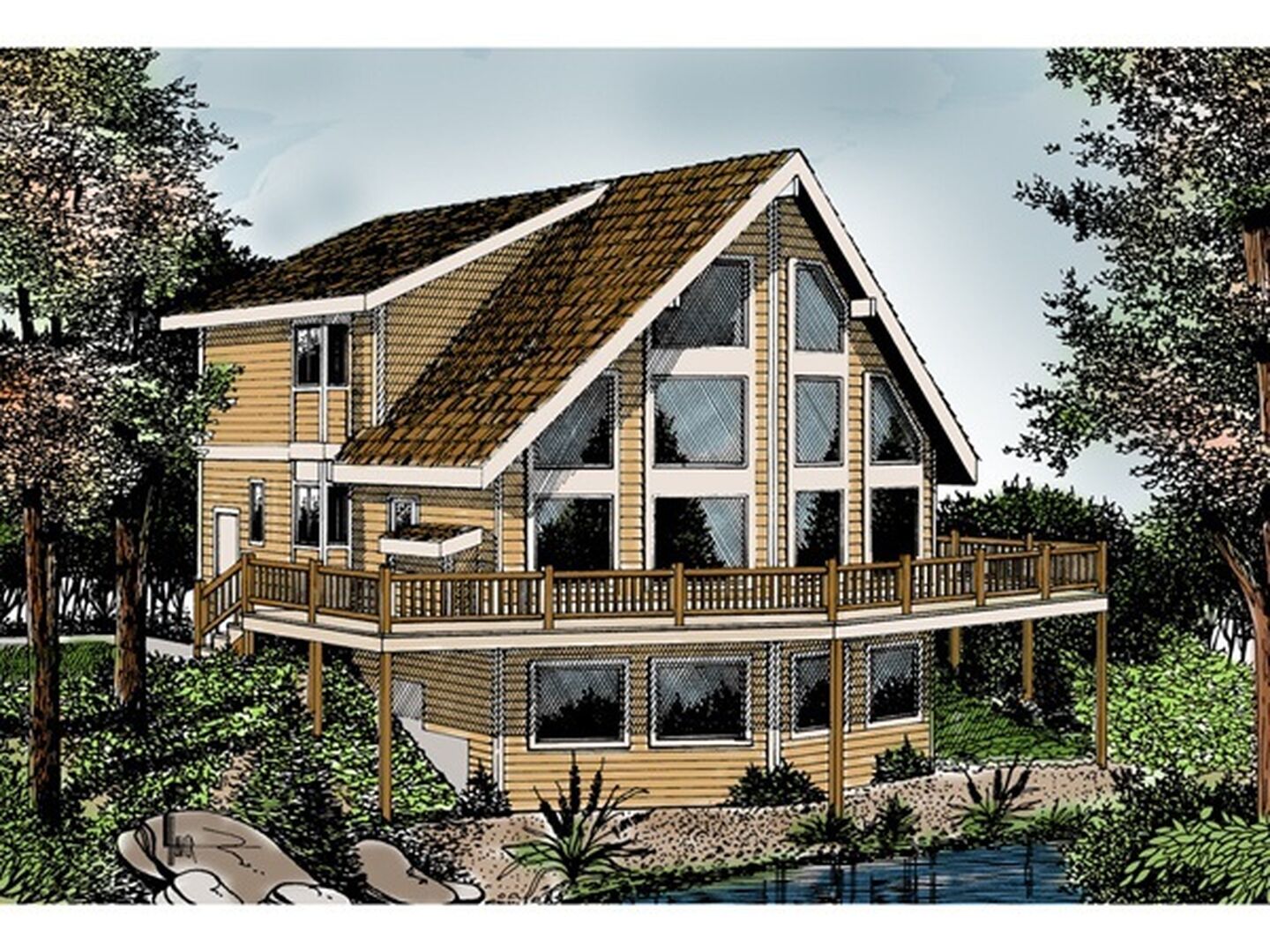Can the Design of Your Home Cause Structural Foundation Damage?

Drive or walk through any city and its surrounding suburbs, perhaps with a detour into the countryside, and it will quickly become apparent that there are lots of different kinds of homes. Obviously, there’s a wide range of sizes, from small ranches and cottages all the way up to 5- and 6,000-square-foot mansions. Styles, too, vary all over the place: bungalows, Colonials, Georgians, split-levels, bi-levels, Cape Cods – the list goes on.
Construction of these homes, though, is a key to how they may be impacted by structural foundation damage. Experts in foundation repair have learned through the work of structural engineers, not to mention years of onsite inspection and observation, that certain types of houses are more prone than others to suffer structural foundation damage.
Which Homes are More Vulnerable to Structural Foundation Damage?
Two major factors come into play in determining which homes are more likely to suffer structural damage to their foundations – depth of foundation and the construction of aboveground structures.
Deep Foundations – Home foundations that are eight feet or more deep are more susceptible to cracking and rotation caused by lateral pressure. With a trend in new home construction toward deeper basements to create greater ceiling height, this situation is becoming more common.
To illustrate, here’s a simple example: Take a full-sized pencil in both hands and try to break it in the middle. For a person of average strength this should be easy. Now, take one of the broken halves and try to do the same thing. Not so easy. The same goes for poured concrete or masonry foundation walls. The more wall that is exposed to the forces of lateral pressure caused by saturated soil, the easier it is for the wall to move, crack and separate from the structure above.
Frame Construction – Wood frame construction is by far the most widely used technique in building new homes. Even houses that are faced with brick or stone usually start out as frame because it is a strong, economical and efficient way of building. Even though a frame house doesn’t seem light in weight, it actually is when compared to older styles of construction where masonry walls supported the structure.
Because of its relatively light weight, a frame house doesn’t exert as much downward pressure on its foundation, which would act to strengthen the foundation walls against lateral pressure. Homes faced with brick, stone or other masonry will fare better because, even though the masonry may not be load-bearing, it adds considerably to the weight of the structure.
Number and Size of Windows – Another trend in home construction that has been prevalent for some time is to design and build homes with lots and lots of windows. This makes for bright, sunny interiors — a selling point for both new and existing homes. However, all that exposure and sunlight may have consequences for the home’s foundation.
Simply put, window glass is a lot lighter than even frame construction materials, let alone masonry. Just as in the point above regarding frame construction, a house with many square feet of windows is going to be comparatively lighter and will exert less downward pressure on its foundation than one with fewer. Because more weight from above will help stabilize the foundation, great views can lead to not-so-great foundation damage.
Regardless of any contribution made by the home it supports, a foundation with structural damage is a serious problem and requires serious repair. Also, preventive measures involving water management outside the foundation can be taken to prevent these factors from causing damage at all. In either situation, the homeowner needs the services of a foundation repair contractor that understands the causes of structural damage and has the expertise to repair and/or prevent them. At U.S. Waterproofing, our foundation experts can recommend the most effective and cost-efficient permanent repair and help a homeowner take preventative steps to ensure his or her foundation’s future stability. Why not ask us for a free consultation?




